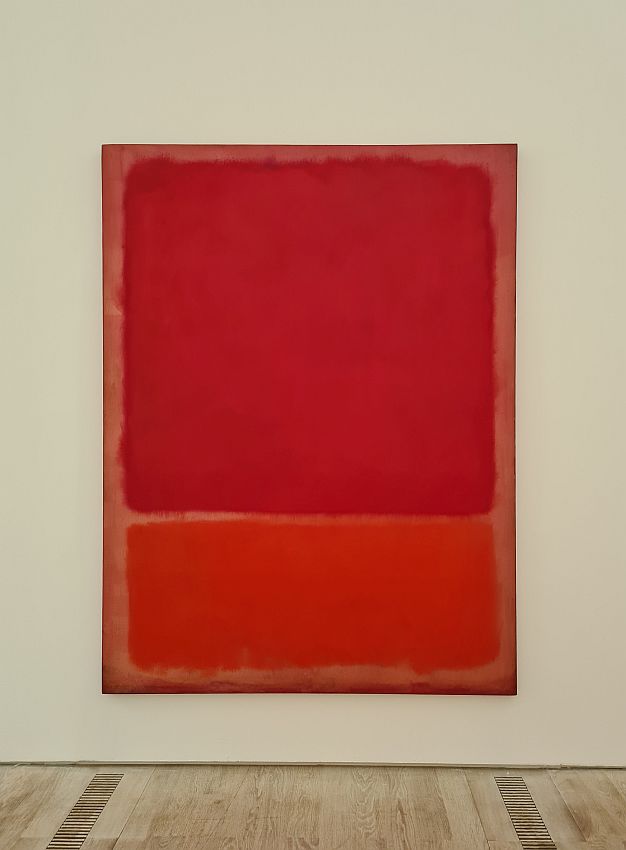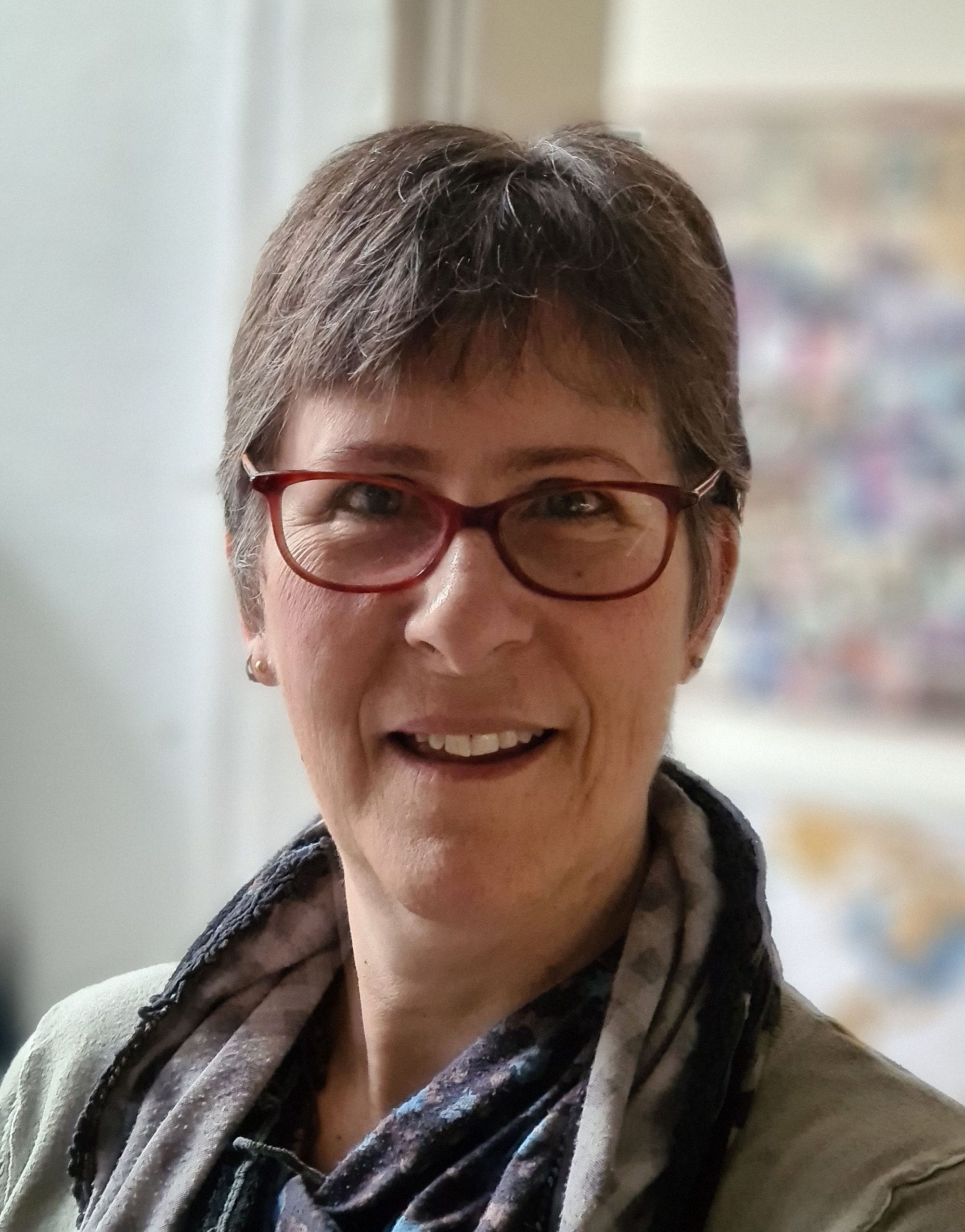The Beyeler Museum in Basel, Switzerland: A must-see
When we walked into the Beyeler Museum near Basel, Switzerland, this is what greeted us even before we entered any of the galleries:

The work, by Maurizio Cattelan, is disturbing but somehow fascinating. The sign next to it reads “The animal was not hurt.” I’m not sure what that means. Was the horse already dead? Did it die a natural death? I suppose that’s the purpose of the work: to raise questions.
The work is untitled, and struck me as similar to works by Damian Hurst such as, to name one of many, “The Prodigal Son”, a calf split in two, each half preserved in a separate case of formaldehyde.
Disclosure: Our visit was sponsored by Fondation Beyeler, which gave us free admission. They have no influence on what I write here.
Another disclosure: This article contains affiliate links. If you make a purchase through one of these links, I will receive a small commission. This will not affect your price.
Make sure to read my article Basel, Switzerland: A delightful and surprising trip to see the Basel sights to find out more about visiting Basel!
Beyeler Museum = Fondation Beyeler = Beyeler Foundation
We visited the Beyeler Museum, more properly called Fondation Beyeler, without really having any idea what it was. “Modern art” was all we knew about it. Lots of cities have modern art museums. We only had two nights in Basel, so we normally might have skipped it. Friends who live near there said it was wonderful but didn’t say more, and our Basel Tourism Board contact seemed to take it as a given that we’d go there. Throw in free tickets, given by the Beyeler Museum itself, and we decided we’d go.
Entering the first gallery, we expected more like that horse: contemporary art by artists we’d never heard of, some of which we’d like, some of which we’d hate, but much of which would make us think. But they’d be artists we’d never heard of, probably local Swiss artists.

Gasps of recognition
On the contrary, after the shock of this first artwork, the rest of the museum was distinctly more mainstream, if you can call works of impressionism or cubism or abstract impressionism by the most renowned artists in history “mainstream.” I audibly gasped as I entered each room, calling out the name of the artist before checking the signs to make sure I was correct. Each room featured one of the world’s greatest artists, and each held several of that artist’s works. (Somehow I have a terrible time remembering names in my day-to-day life, but these artists I had no trouble naming!)
I think I surprised my husband with how many of these works I recognized on sight. My favorite period in art is from, say, the 1930s on, especially post-World War II abstract expressionism and pop art. I learned about this period in the one and only art history class I took in college, and it’s stuck with me.
The exhibition galleries at the Beyeler Museum are large and airy and bright. The works are set far apart so they can be thoroughly enjoyed, and we certainly enjoyed them.
There was a room featuring Giacometti sculptures, scattered around the room. I felt invited to investigate these life-sized works from all sides, almost as if I could interact with them.

Another gallery held Monet paintings: a massive “water lilies” along one wall, others on other walls.

One room held Louise Bourgeois sculptures, including a large spider on one wall.
Rothko’s large abstract expressionist paintings filled another room.

And so on.
Up to this point, each room of the museum had one major artist. There were works by other artists too, but generally each room was dominated by just one.
A special exhibit in the Beyeler Museum
The last room we saw on the ground floor, though, was the really breathtaking one. I write this knowing perfectly well that we could have entered it first, since it connects to the entrance hall with the horse. Seeing it first would have changed our whole experience of the museum. Because we saw it last, it was that much more amazing.
This single room was not big. Nor were the works spaced far apart.
This one small room had, on our visit, 86 paintings in it, covering the walls from floor to ceiling. But it was spectacular because of the quality, not the quantity. This one room had everything: 11 Picasso works, for example. The curators could have displayed Picassos in a separate gallery room, as they’d done with Giacommettis and Rothkos, but instead decided to fit them in here.

Five Max Ernst paintings. The smallest Jackson Pollack I’ve ever seen, but very recognizably a Pollack. Three Van Goghs, Five Paul Klees, three by Fernand Léger, a Chagall, a Warhol and two Lichtensteins. Some of the paintings were by artists I wasn’t familiar with: Lucas Arruda, for example, and Wilhelm Sasnal, contemporary artists who each had several paintings in this room. That didn’t make them any less impressive, though, especially in such close association with the ones I knew as among the world’s greatest modern artists.
None of the paintings had a label telling the artist or title. Instead, a flyer held a diagram and the artist’s name, the work’s title, and the year. We wandered around the room, identifying what we could, looking up the ones we didn’t know in the flyer. We walked around the room again, noticing that Picasso near the floor or that Kandinsky up near the ceiling.

It was almost overwhelming to be in the presence of so much great art all so close together. Normally the masters – a Picasso, for example – are given a place of honor: a wall to themselves with careful lighting. Not in this room. All crowded together, you’d think it would lessen its impact.
On the contrary, it was that much more awe-inspiring.
It didn’t occur to me until my husband pointed it out, but how many millions was that single roomful of art worth? These may not have been these artists’ most famous paintings, but still…
If you’re planning a trip to Basel, we stayed at Hotel Euler, an excellent hotel right next to the train station. To look at other options, just click on the map below:
Fondation Beyeler
Fondation Beyeler started out in an antiquarian bookshop in Basel where Ernst Beyeler worked. When he bought the shop, he turned it into a gallery and became an art dealer. He focused first on European artists but later began to deal in American artworks.
The Beyeler Foundation was founded in the 1980s and this purpose-built museum dates to 1997. It houses Beyeler’s 400 or so artworks. Not all of them are on display, and they bring works in from other museums for special exhibitions.
The rest of the museum
We had seen all the rooms of the ground floor, spending the most time in that last, smaller room. Finally tearing ourselves away, we decided to see what was on the lower level of the building. We found a large room with one single work along one wall. It is such a long painting that it extends into a sort of niche in the wall, but here is the part I was able to photograph:

Other than that single painting, the room was empty, with a sand-colored wooden floor, extending the effect of the beach sand represented at the bottom of the painting.
Beyond that was a small room we could not enter, but we could look inside through a glass wall. It was a small workshop for conservation of paintings. We spotted several Mondrians there.

The paintings are being studied and preserved in preparation for a Mondrian exhibition June 5-October 9, 2022.
The museum holds regular special exhibitions. To give an idea of the sorts of special shows they do, the next one planned is called “Close-up” and looks at women artists in the history of modern art (September 19, 2021-January 2, 2022). A special exhibition of Goya works will take place from October 10, 2021-January 23, 2022, and a retrospective of Georgia O’Keeffe’s oeuvre is scheduled for January 23-May 22, 2022.
A garden outside has only a few sculptures. We quite liked the massive fountain to one side, by Thomas Schutte.

The Beyeler Museum vs. MOMA
While I thought immediately of New York’s Museum of Modern Art – especially the gasps of recognition I experienced there too – the two museums are not actually comparable. The Beyeler is much smaller, with a smaller collection: 400 pieces as opposed to 200,000. Yet, to me, it rivals MoMA in the sheer excellence of the works it owns, and the two museums cover essentially the same periods.
If you’re anywhere near Basel, Switzerland, I’d certainly recommend a visit to the Beyeler, just as urgently as I’d recommend the MOMA if you’re anywhere near New York City.
Fondation Beyeler: Baselstrasse 101, Riehen. From the main train station, take Tram 2 towards Eglisee and get off at the stop called “Basel, Badischer Bahnhof.” Transfer to Tram 6 toward “Riehen, Grenze.” Get off at the Fondation Beyeler stop, which is right in front of the entrance. The whole route takes about 25 minutes. Open daily 10:00-18:00 and on Wednesdays until 20:00. Admission: Adults CHF25, up to 25 years free. 50% off with BaselCard, which you should receive for free from your hotel if you stay in Basel. Website.



